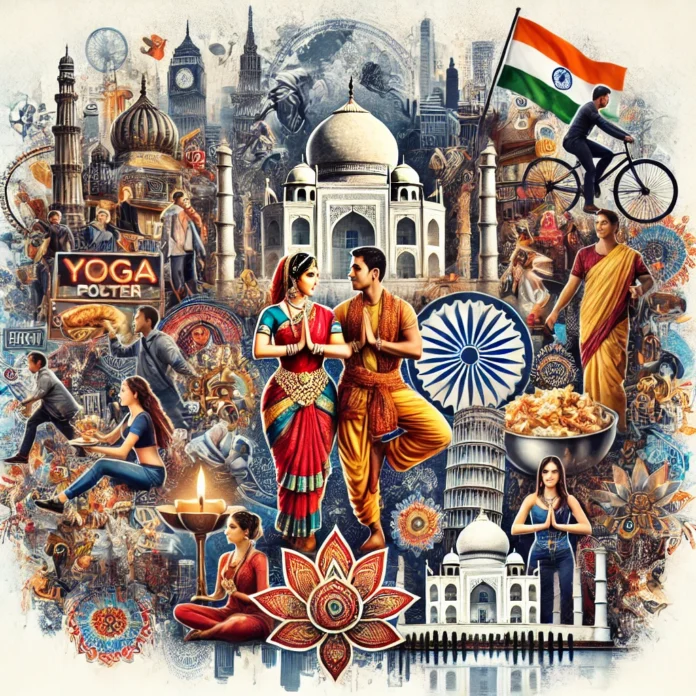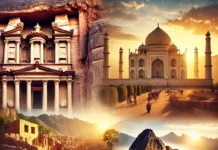This Content Is Only For Subscribers
Introduction
Indian culture, with its rich history, traditions, and diversity, has fascinated the world for centuries. From Bollywood to Ayurveda, yoga to spirituality, and cuisine to festivals, Indian culture has left an indelible mark globally. But how is Indian culture perceived across different countries? Let’s dive into the various aspects that shape the world’s view of India.
Global Influence of Indian Culture
1. Yoga and Spirituality
One of the most significant contributions of Indian culture is yoga and spiritual wisdom. Yoga has gained massive popularity in Western countries, with millions practicing it for physical and mental well-being. Indian spiritual leaders like Swami Vivekananda and Sadhguru have played a pivotal role in spreading the teachings of meditation, mindfulness, and self-awareness.
2. Bollywood and Indian Entertainment
The Indian film industry, commonly known as Bollywood, has a massive global fan base. Movies like Lagaan, Slumdog Millionaire, and RRR have captivated audiences worldwide. Indian actors, music, and dance forms such as Kathak, Bharatanatyam, and Bhangra have gained recognition in international media.
3. Indian Cuisine: A Global Favorite
Indian cuisine is celebrated worldwide for its flavors, spices, and variety. Dishes like butter chicken, biryani, samosas, and masala chai are enjoyed across different continents. Indian restaurants can be found in almost every major city, catering to food lovers who appreciate the depth of Indian flavors.
4. Festivals and Traditions
Indian festivals such as Diwali, Holi, Navratri, and Eid are now celebrated internationally. Events like Holi festivals in the USA, UK, and Australia showcase the vibrancy of Indian traditions. The Indian diaspora plays a key role in spreading cultural awareness and celebrating these festivals abroad.
Perceptions of Indian Culture: The Good and the Misconceptions
Positive Perceptions
- Diversity and Inclusiveness: India’s ability to accommodate different religions, languages, and traditions is admired worldwide.
- Innovation and Talent: Indian professionals excel in IT, business, and medicine, contributing significantly to the global economy.
- Rich Heritage: The architectural marvels like Taj Mahal, Jaipur Palaces, and Varanasi temples attract millions of tourists annually.
Common Misconceptions
- Overcrowding and Poverty: While India does face economic challenges, it is also one of the fastest-growing economies with a thriving middle class.
- Arranged Marriages and Traditions: Though arranged marriages are part of Indian culture, modern India sees a mix of love and arranged marriages.
- Limited Modernization: Many believe India is solely a land of traditions, but cities like Bangalore, Mumbai, and Delhi are tech hubs that rival Silicon Valley.
Conclusion: The Growing Impact of Indian Culture
With globalization, India’s cultural influence continues to expand. The soft power of Indian traditions, movies, yoga, and food makes India a key player in shaping world culture. As the world becomes more interconnected, understanding and appreciating Indian culture can lead to stronger global ties and mutual respect.
Final Thought
Indian culture is not just about traditions; it’s about resilience, innovation, and adaptation. Whether it’s through yoga, Bollywood, or technology, India’s presence in the global arena is only set to grow.







